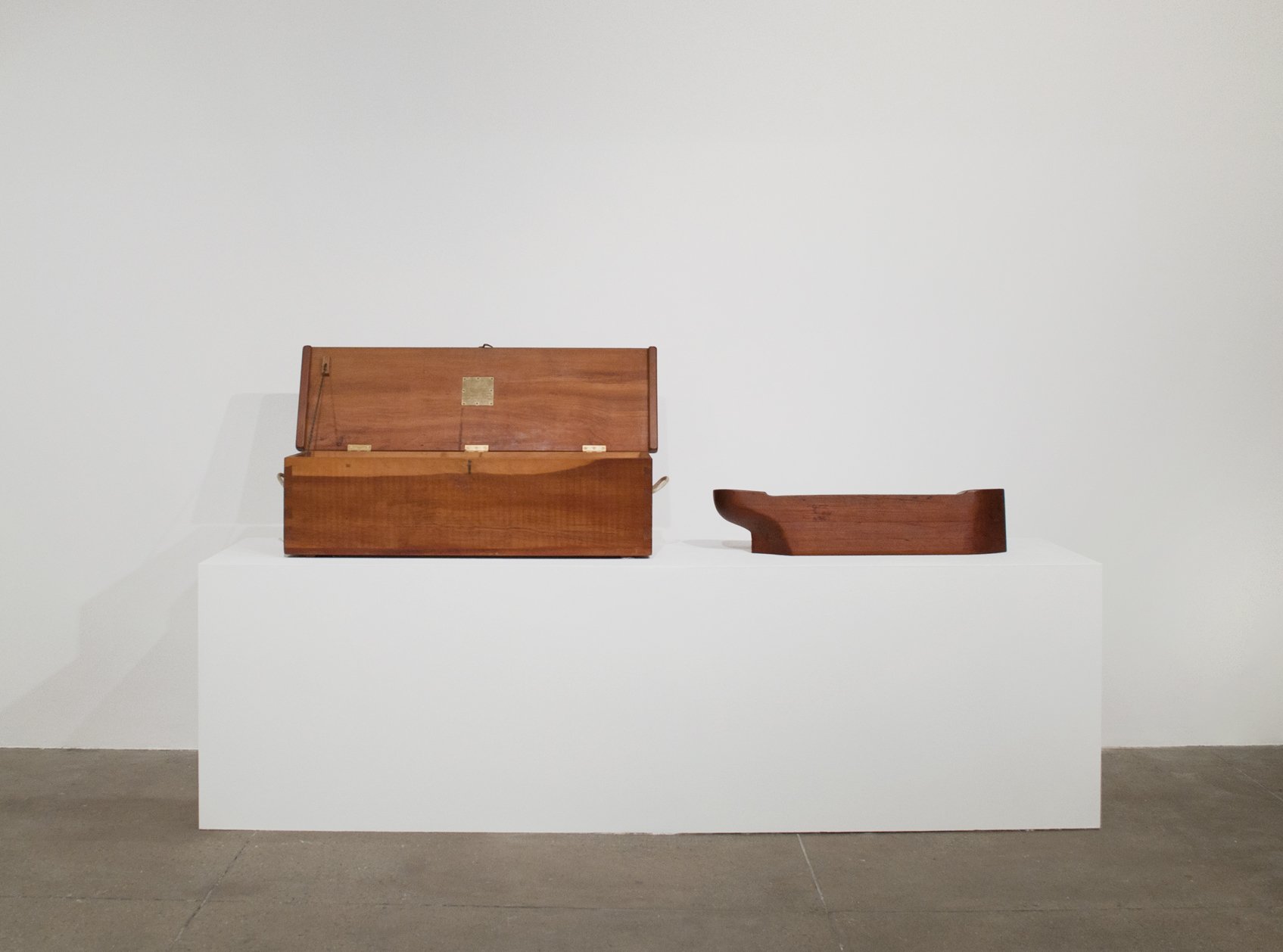H.C Westermann
October 25, 2012 - January 19, 2013
The uniquely American urge to expand and explore is reflected upon in the work of 20th century sculptor H.C. Westermann as a metaphor for challenge, possibility, and spiritual ambiguity. Westermann’s response to the human inclination to populate and flourish in a newly settled territory on the heels of post War spoils is at the heart and pulse of every material and image Westermann so poetically manipulated in his sculpture and drawing.
Westermann was an intensely skilled craftsman, marine veteran and accomplished acrobat. After returning from service, he studied at the Art Institute of Chicago in the early 1950s and set about fulfilling the vision of his work with a healthy disregard for the prevailing guides of Modernist thought, making objects and drawings that reflected his own peculiar views and dramatic experiences. His sculptures were often composed and executed in a single uninterrupted session evolving as both allegory and composition. He maintained that same sense of tenacity when choosing his materials – anything from wood to plastic to commercial toys or signs – in a romantic quest to comprehend the clues these materials could provide toward the understanding of human experience.
Westermann often invokes a Faulknerian sense of inevitability – think Addie Bundren witnessing over time the building of her own casket – while executing a Rimbaud-like sense of passion and violation: “One day I sat Beauty on my knees and found her bitter, and I injured her.” Casting a shadow upon his own creative process, his works are a manifest of the artist’s strenuous struggle with human frailty in life and solace in the anticipation of death.






